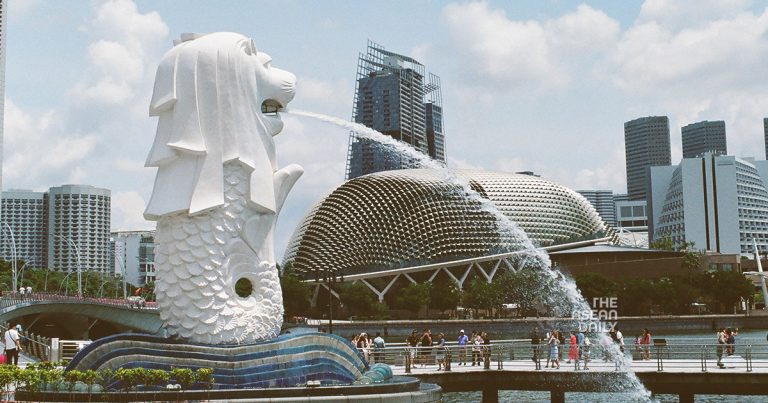8-6-2024 (SINGAPORE) In a decisive courtroom moment on Friday, the last of those arrested for their involvement in Singapore’s biggest money laundering case pleaded guilty, paving the way for the next chapter in the S$3 billion (US$2.2 billion) scandal that has rocked the island nation. With the legal proceedings wrapped up, Singapore now faces the daunting task of determining what to do with a staggering fortune in confiscated assets, ranging from luxury properties and collectible ornamental bears to branded handbags and several hundred million dollars in local and foreign currencies held in accounts at some of the world’s top wealth managers.
The scandal, which has exposed the dark underbelly of Singapore’s thriving finance industry, has implicated some of the country’s largest banks and international financial giants. According to court filings reviewed by Bloomberg, Credit Suisse – now owned by UBS Group AG, and Citigroup Inc. held the largest amounts on deposit for the convicted individuals. Other institutions with significant exposure include the city-state’s three largest banks – DBS Group Holdings Ltd., Oversea-Chinese Banking Corp. (OCBC), and United Overseas Bank Ltd.
The revelations have shed light on the staggering wealth amassed by the China-born individuals and their close associates, as well as the companies they controlled. Court records compiled by Bloomberg show that they held more than S$370 million in total at over a dozen financial institutions. However, this figure is just the tip of the iceberg, as Singapore’s top local banks and international lenders also made significant loans that were not reflected in the seized assets. DBS, for instance, had previously disclosed having about S$100 million of exposure to the scandal, primarily from financing properties.
Moreover, Singapore’s police force has stated that there are 17 other individuals under investigation whose assets have been seized or frozen, further compounding the complexity of the situation.
Beyond the financial aspect, authorities face the daunting task of handling the tens of properties confiscated from the money launderers. These range from centuries-old shophouses and prime office spaces to luxurious bungalows on Sentosa, an island enclave that’s home to many of Singapore’s ultra-wealthy residents.
The downturn in Singapore’s luxury property market, exacerbated by hefty levies on foreign purchases and high interest rates, has further complicated the matter. Early attempts by banks to offload these seized assets have not always been successful, with OCBC failing to attract any bids for a S$26.5 million bungalow at its latest auction last month.
The sheer scale of the confiscated assets is staggering. Among the haul are 726 bottles of premium alcohol, including coveted brands like Macallan Whisky and Kweichow Moutai baijiu, millions in cryptocurrency, designer handbags from Hermes and Chanel, Patek Philippe watches, and flashy cars such as Ferraris and Rolls-Royces. The collection also includes collectible statues known as BE@RBRICKs, golf club memberships, and even a Daniel Arsham x Dior Eroded Basketball sculpture worth US$13,333.
While authorities have committed to auctioning these assets, they must carefully time the sales to avoid flooding the market and potentially depressing prices further. Additionally, if they choose to hold onto the assets for an extended period, Singapore will incur significant maintenance costs, having already spent more than S$640,000 as of March to maintain the seized assets.




